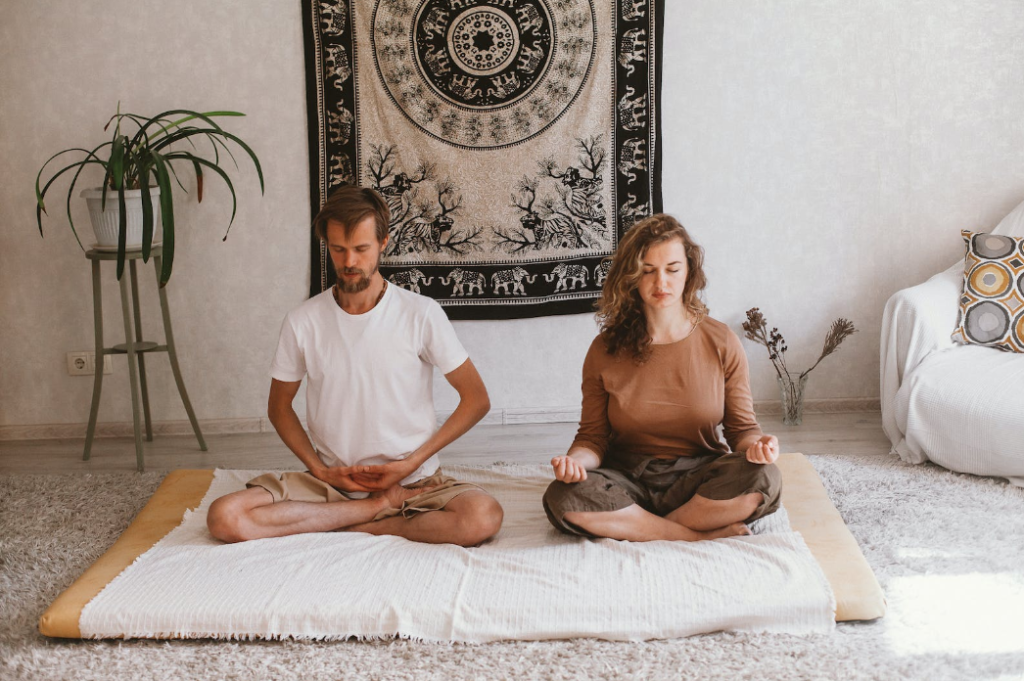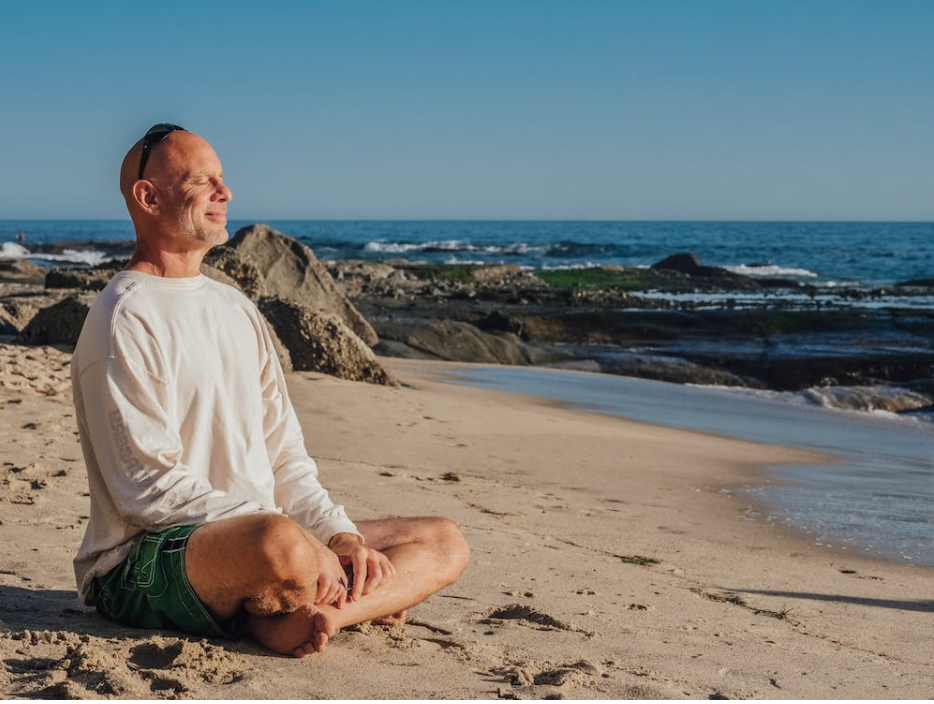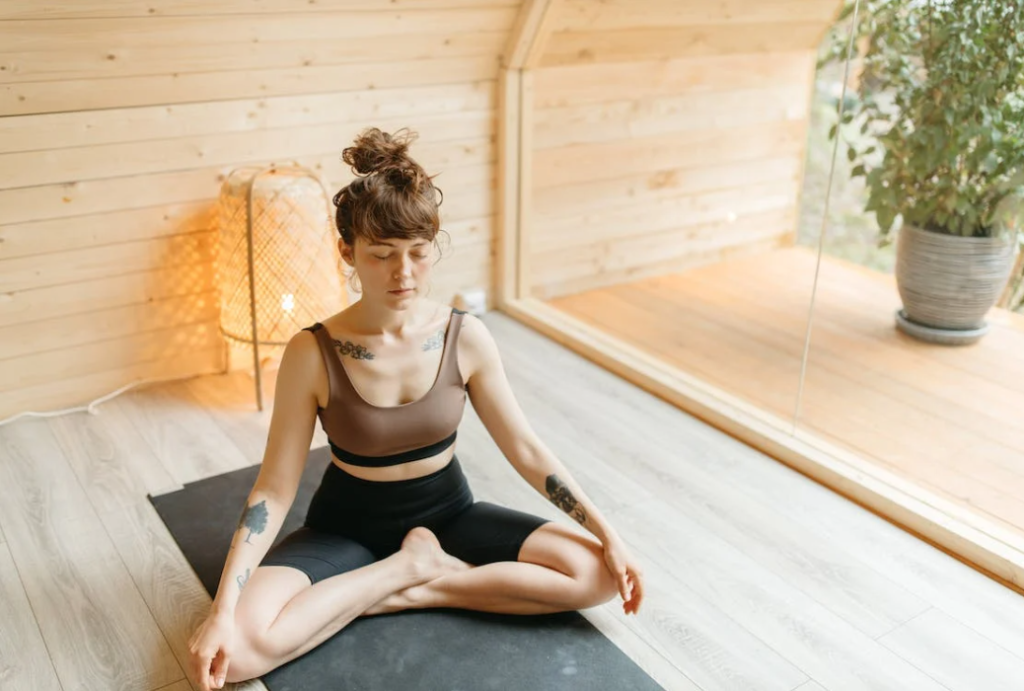Meditation Techniques
Learn about meditation techniques to achieve a deeper level of relaxation.

Selfpause Affirmation App
Download the app to get 1,000’s of affirmation meditations and everything you need to write, record and listen to your own.
Meditation techniques can help you become calmer and more relaxed. Various meditation techniques focus on different parts of your body. You can start by focusing on your feet and then work your way up to your shoulders, arms, and head. You can also start at one point and work your way down. To achieve a deeper level of relaxation, you can also practice walking meditation.
Focused attention

Focused attention is a meditation technique that focuses on cultivating an open monitoring and awareness mode. The goal of this type of meditation is to increase one’s capacity to feel compassion and love for oneself and others. However, focused attention is not a substitute for mindfulness.
Focused attention training changes the brain’s attentional networks. For example, the motor cortices, insula, and primary somatosensory cortex (SMN) are less activated during a four-day meditation. This reduced brain activity could be correlated with enhanced body awareness. A key aspect of focused attention meditation is to focus on a single body part or internal experience. It has also been shown to reduce errors and emotional interference.
Various kinds of meditation techniques are useful for achieving different goals. A few examples include mindfulness, focused attention, and silent observation meditation. With practice, you can customize your practice to meet your specific needs. Some benefits include stress relief, improved memory, and greater self-awareness.
Effortless presence

Effortless presence is a key component of many meditation techniques. It requires that the practitioner be completely present and fully aware of their spiritual awareness. This type of meditation can be challenging to start, and it is not for everyone. For this reason, it is recommended that beginners practice other forms of meditation before attempting Effortless Presence Meditation.
This type of meditation is similar to mindfulness meditation. The key is not to focus your attention on anything, such as bills or mulling over your future. Instead, you focus on being still, quiet, and empty.
Mindfulness

Meditation techniques based on mindfulness are an effective way to learn to be present at the moment. You can practice these techniques throughout your day by noticing the sensations you experience. For example, if you enjoy making coffee, you can try to be aware of your five senses while you do it. This practice helps you become more patient and kind to others.
Mindfulness meditation also involves training yourself to stop identifying with your thoughts. Instead, you can begin to experience and recognize what your thoughts are trying to tell you. This exercise involves learning to distinguish your thoughts from your body and the things you want in life.
Mindfulness meditation

There are a number of different mindfulness meditation techniques. While some of these methods focus on keeping the mind alert and focused, other types focus on reducing distractions. Mindfulness meditation techniques that keep the mind alert include yoga, zen, and tai chi. These techniques often involve meditating while in a specific position.
Mindfulness meditation techniques are most effective when they are done regularly. By practicing these techniques on a daily basis, you can manage stress and boost empathy, compassion, and energy. A study conducted by Headspace showed that participants who practiced mindfulness meditation decreased their stress levels by 14 percent after just ten days of daily practice. In addition to reducing stress, mindfulness can also help you improve your relationships. By focusing on the present, you will be less likely to overreact to difficult feelings and be more understanding of others.
One of the most important aspects of mindfulness meditation is being aware of the present moment without passing judgment on it. Thoughts are normal in the mind, but it is important to notice them as they come and go without clinging to them. This way, your mind can digest and process the information it is receiving.
Our Top FAQ's
There are many different meditation techniques, and they can vary widely in terms of how they are practiced and what they aim to achieve. Some common techniques include mindfulness meditation, which involves paying attention to the present moment without judgment; loving-kindness meditation, which involves sending well wishes to oneself and others; and concentration meditation, which involves focusing the mind on a single object, such as the breath or a mantra.
To get started with meditation, it’s important to find a quiet, comfortable place where you can sit or lie down. It’s also helpful to set aside a dedicated time each day to practice, although even a few minutes of meditation can be beneficial. Begin by focusing on your breath or a mantra, and try to let go of any distracting thoughts that come to mind. If you find your mind wandering, gently redirect your attention back to your breath or mantra.
There is no “right” answer to how long you should meditate for, as it can depend on your goals and schedule. Some people find it helpful to meditate for a longer period of time, such as 30 minutes or an hour, while others prefer shorter sessions. As a general rule, it’s best to start with a shorter period of time and gradually increase it as you become more comfortable with the practice. As for how often you should practice, it’s generally recommended to meditate at least a few times per week, although daily practice can be more beneficial.
It is possible to meditate while walking, although it may be more challenging to maintain focus due to the distractions of the environment. Walking meditation involves paying attention to your footsteps and the sensation of movement, and it can be a good way to incorporate meditation into your daily routine. However, if you are new to meditation, it may be easier to start by sitting or lying down in a quiet, comfortable place.
Meditation is generally considered to be safe, and there are many potential benefits to the practice. However, as with any activity, there can be some potential risks or drawbacks. For example, some people may find that meditation brings up difficult emotions or memories, or that they feel anxious or restless during or after a meditation session. If you experience any negative effects from meditation, it may be helpful to try a different technique or to speak with a mental health professional. Additionally, it’s important to be mindful of any physical discomfort or strain that may arise from prolonged periods of sitting or lying down, and to take breaks as needed.
